UFO believers and skeptics are both convinced that they know. Believers (extreme examples include devotees of the Sphere Being Alliance, the ECETI Ranch, and all those breathlessly waiting for Disclosure) know that UFOs are extraterrestrial spaceships piloted by a wide variety of alien races/species with equally various intentions for humankind; they, I would argue, are not skeptical enough. Skeptics, on the other hand, know that UFO sightings and encounters with their putatively extraterrestrial pilots are merely a mishmash of rumour, misperception, and pathology; they, it seems to me, are (for the most part) neither skeptical enough of their own sometimes strenuous explanations nor curious enough about the cultural, social, and psychological implications of the phenomenon in its multifarious guises even if their dismissals are all well-founded. The phenomenon, as is well-known, also exhibits features that elude both the believers’ beliefs and the skeptics’ debunkings. For my part, the UFO phenomenon remains, therefore, a mystery, whether one appends the adjective Fortean to it or not.
As I’ve ventured on a couple of occasions, the UFO is as much an aesthetic object as a possible object for the physical sciences. By “aesthetic object” I do not mean one that is merely or exclusively “beautiful” (though UFOs themselves and related experiences can possess this quality) but that, following Immanuel Kant’s line of thought, the UFO requires we create a concept for it rather than subsuming it under one ready-to-hand (if we could do that it would hardly be the persistent anomaly it has proven to be). It’s precisely this characteristic I want to touch on here, that the conceptual demands the UFO phenomenon places on our attempts to conceptualize it suggest it is at present a kind of epistemic singularity.
Just as a gravitational singularity (a black hole) suspends the normal laws of spacetime, the UFO warps our thinking about it. The irrationality displayed by both believers and skeptics is a case in point. But even those who have attempted to grapple with the mystery with method, reason, imagination, or speculation find their investigations quickly complicated if not frustrated by the equally wily and protean evasiveness of the phenomenon, aptly characterized with reference to the Trickster of various folklores. Paradoxically (go figger) this denial of understanding and comprehension is at the same time an open invitation to imagine and think in a non-linear, alogical way, “outside the box” of the rules of method, with an impish playfulness of mind equal to that displayed by the phenomenon itself. From this perspective, two, more “out-of-this-world” (how apt) speculations take on a certain appeal.
Since the dawn of the modern era, Kenneth Arnold’s 1947 sighting, analogues between the UFO and more mythic or religious manifestations have been noted. Adamski’s circle identified the flying discs of the time, inspired by their Theosophically-tinged grasp of Hindu and Vendantic lore, as vimanas, the aerial chariots of the gods of ancient India. More recently, similarities between alien abductions and shamanic initiation and practice have been noted. Even more recently, psychonauts for whom dimethyltryptamine (DMT) has been the preferred vehicle for exploring what appear as  alternate dimensions have reported encounters with beings markedly similar to entities associated with UFOs and alien abductions. In an attempt to probe this experience more thoroughly, Dr Andrew Gallimore is attempting to develop the means to allow psychonautical explorers to reside in these unusual realms longer than the relatively more transient states of DMT intoxication afforded by smoking it or even drinking ayahuasca, by means of medical technology. Such efforts put the mainstream Search for Extraterrestrial Intelligence (SETI) and the so-called Secret Space Program in a new light!
alternate dimensions have reported encounters with beings markedly similar to entities associated with UFOs and alien abductions. In an attempt to probe this experience more thoroughly, Dr Andrew Gallimore is attempting to develop the means to allow psychonautical explorers to reside in these unusual realms longer than the relatively more transient states of DMT intoxication afforded by smoking it or even drinking ayahuasca, by means of medical technology. Such efforts put the mainstream Search for Extraterrestrial Intelligence (SETI) and the so-called Secret Space Program in a new light!
No less imaginative is the hypothesis of Trevor James Constable , that UFOs are in fact plasmatic life forms native to earth’s atmosphere. What makes Constable’s theory all the more provocative is how it is couched in Wilhelm Reich’s orgone theory and as of 2003 given more mainstream as well as fringe scientific support. Mircea Sanduloviciu and his colleagues at Cuza University in Romania have created plasma phenomena that can grow, replicate, and communicate just like living cells, while Nik Hayes and Leon Southgate have managed to photograph Constable’s orgonotic bio-forms. Just as psychonautical exploration expands our notions of reality, so the investigations of Constable et al. widen our ideas of what might constitute life on (and off) earth.

Such wild research suggests another feature of the phenomenon closer to the heart of the mythopoeic work undertaken here in the Skunkworks: it inspires equally a rational, scientific and poetic response. That is, just as some ufologists tackle the enigma with forensic and natural scientific methods, its irrational dimension demands a playfulness of mind no less nimble and agile. To paraphrase the idea of Aimé Michel quoted above, the phenomenon puts into question both the laws of our physics and the structure of our societies. In line with Claude Lévi-Strauss‘ argument (in his four-volume Mythologiques) that mythological thinking is no less rigorous or practical than that of our natural sciences, the phenomenon inspires a response from the whole of the human being, as if as a kind of “compensatory mechanism” (Jung) it seeks to balance the deepening perversity of our present technocapitalistic moment and the ecological crises that it engenders. To heal is to make whole, and the spiritual stresses the black (rabbit) hole of the UFO phenomenon places on human understanding might play just that role.

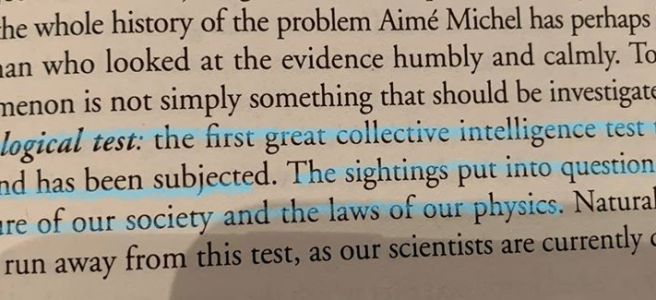


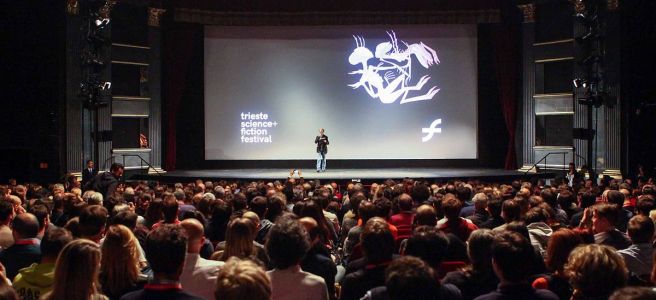


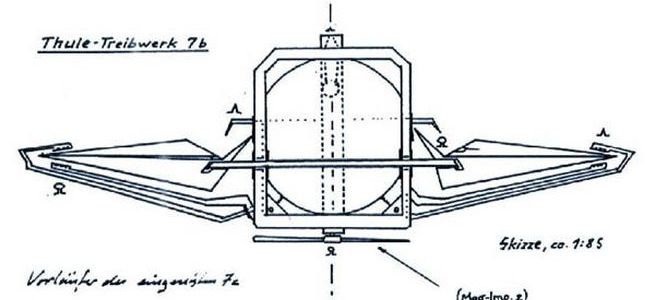
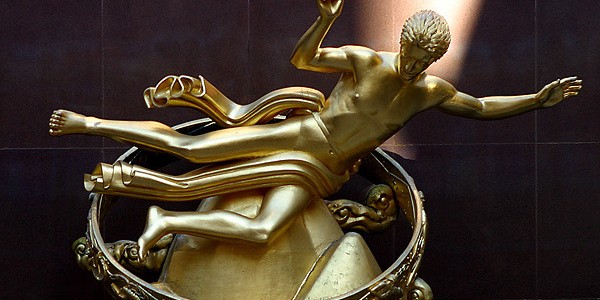

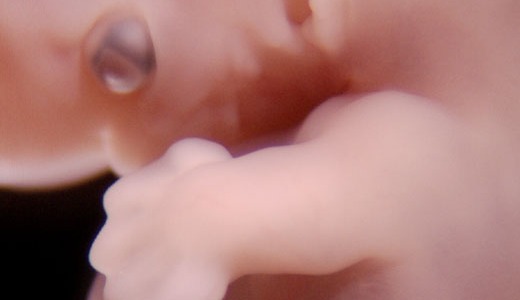

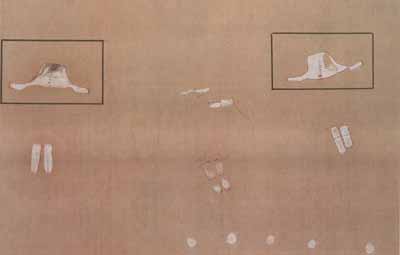

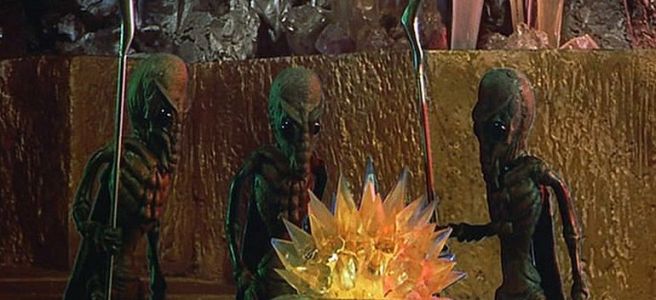

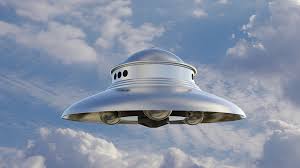

 to interplanetary travel and the Anthropocene. That is to say, humankind can be imagined to be already on an interplanetary journey, from Earth to
to interplanetary travel and the Anthropocene. That is to say, humankind can be imagined to be already on an interplanetary journey, from Earth to 

 over twenty years ago, and the response, livelier than any to any of my work in recent memory, encourages me to return to the work that chapbook began.
over twenty years ago, and the response, livelier than any to any of my work in recent memory, encourages me to return to the work that chapbook began. So, for interested parties, I append one of the first poems from this project, the last poem of my first trade edition,
So, for interested parties, I append one of the first poems from this project, the last poem of my first trade edition,